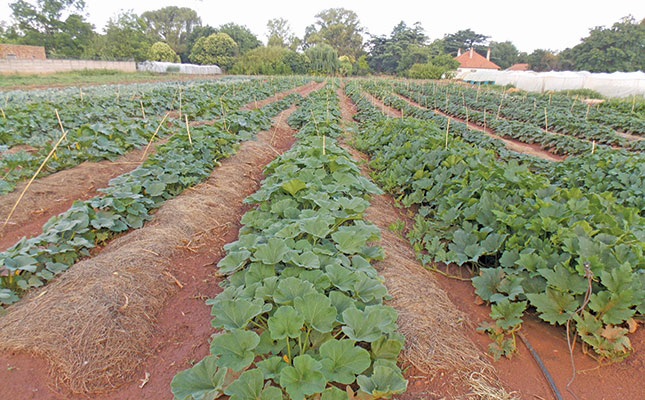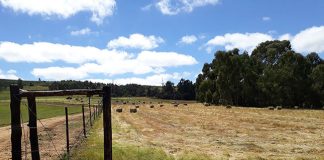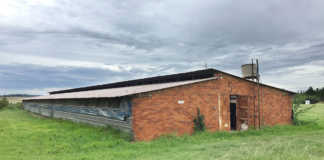
Photo: Bill Kerr
Now for the good news: if you follow the guidelines in this series, your lands will be productive while the soil builds up to the point where it provides maximum yield, higher water-holding capacity, greater disease resistance, better eelworm control, and tastier vegetables with a longer shelf life.
The humus in my soil can hold 750 000ℓ water/ha, like a reservoir. Rain is absorbed easily and I save on irrigation costs.
One hectare of soil 15cm deep weighs approximately 2 000t. If the organic content of the soil is 3%, that area would contain 60t of organic matter. This includes 50t of passive carbon.
Carbon occurs in an active and passive form. Active carbon is present in all soil organisms and decaying organic material, and gives rise to passive carbon.
This breaks down more slowly, contributing to soil structure, cation exchange capacity and water retention, amongst others, and helping to suppress eelworm. It is vital for soil health.
The 3% humus also represents 4t of organic nitrogen and 2t of organic phosphorus. It took me years to build up to about 5% humus, but I still managed to produce good crops during this process.
Increasing the humus level in the soil is like building up an investment or bank balance for the future. We pay for this investment with good no-till practices, and can later live off the interest. I haven’t had to apply fertiliser for the past 15 years, so am living off that interest, so to speak.
Preparing the soil
Initially, you will have to carry out a soil analysis to determine which elements need to be topped up and how this should be done. You will most probably have to use fertiliser in the beginning. I also had to.
You will require a tractor and implements to do the inital preparation, but you won’t need them again, as no further tillage is carried ourt.
This means that if you need to work in elements such as phosphorus or lime, which do not move readily down the soil profile, now is the time to do it. In addition, you should apply as much manure as possible to fast-track humus build-up. The manure will start feeding the crops, as well as the humus formation.
Apply cattle manure at a rate of 80t/ha and poultry manure at a rate of 10t/ha. Cattle manure contains a high level of potassium, and poultry manure has a high phosphorus content. These elements are usually deficient in new soils.
Both types of manure have a fair amount of nitrogen, trace minerals and growth- promoting substances.
The soil analysis will indicate how much lime you need, but I suggest that you be generous and apply to the upper limit of what is recommended.
Do the job properly!
A final word of caution. Preparing the soil thoroughly can be quite expensive, but you should avoid taking any short cut; you will regret it later. If you have a limited budget, rather prepare a smaller area and increase its size later.
Bill Kerr is a vegetable specialist and a breeder of a range of vegetables.











